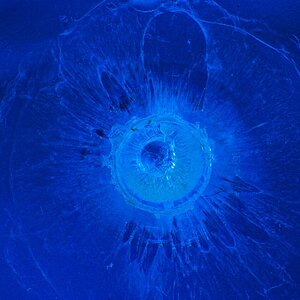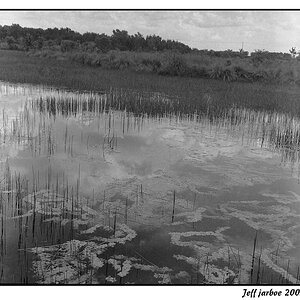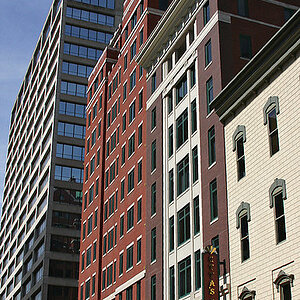rob91
TPF Noob!
- Joined
- Nov 3, 2007
- Messages
- 708
- Reaction score
- 0
- Can others edit my Photos
- Photos NOT OK to edit
The process that I learned in school, and what I've been using since, is after the fixer 2 min water rinse, 2 min HCA, then a 5 minute water rinse. Is HCA necessary? If not, how would I alter my plan? Thanks.


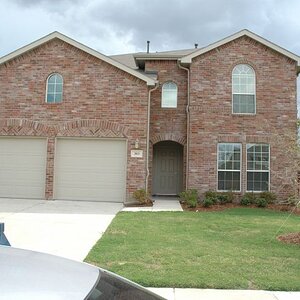



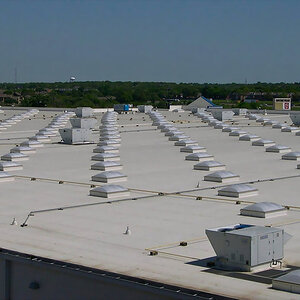
![[No title]](/data/xfmg/thumbnail/38/38750-dbafc867a1461ce200c2405640d537ec.jpg?1619738704)
